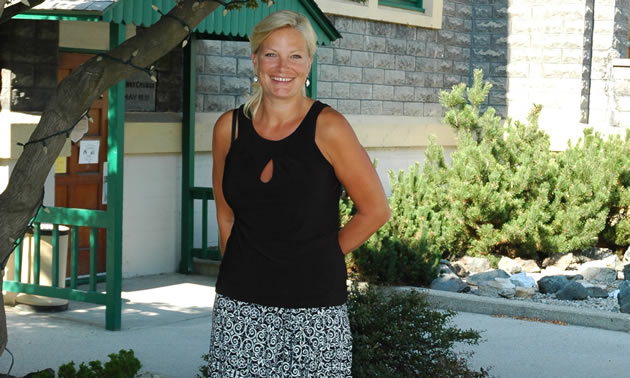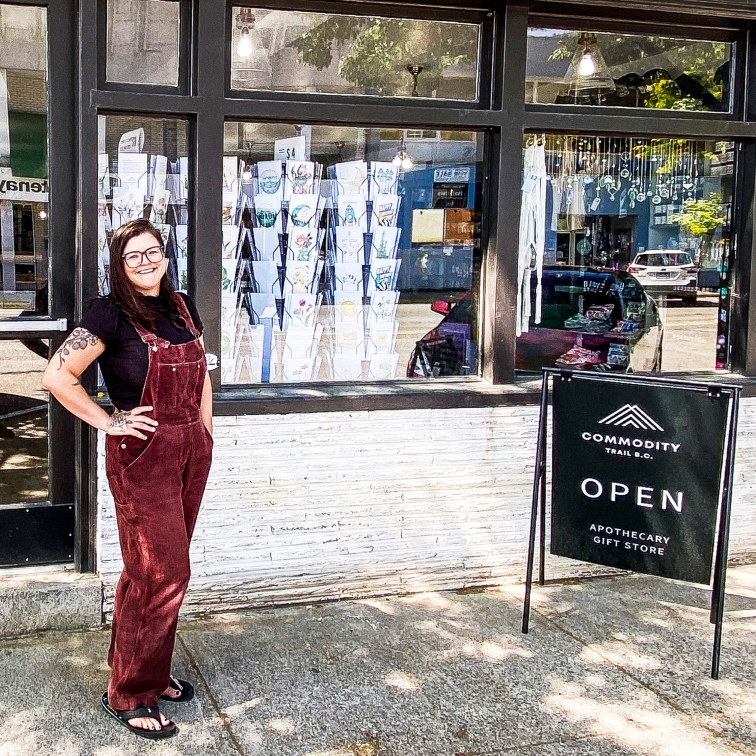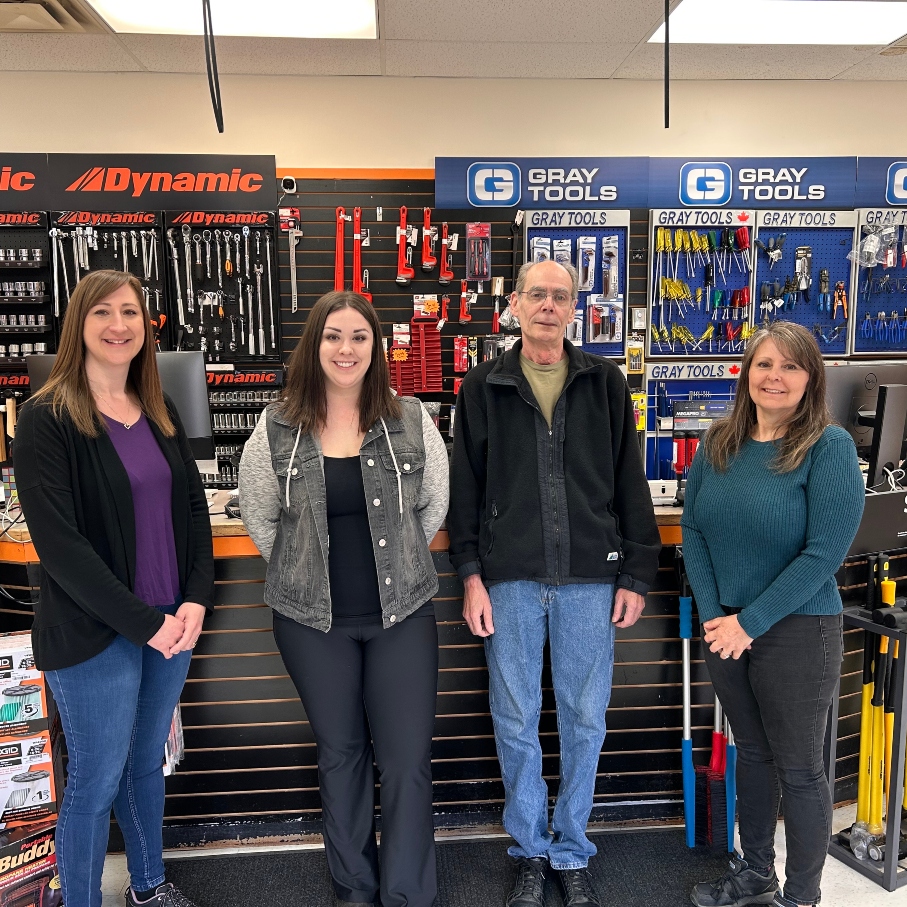The Lower Columbia advantage
Trail, Rossland and the surrounding communities are rich with work, education and recreation opportunities and amenities

Terry Van Horn is the economic development officer for the Lower Columbia Initiatives Corporation, based in Trail, B.C. — Photo courtesy Terry Van Horn
Lower Columbia Initiatives Corporation (LCIC) addresses economic development in southeastern B.C.’s communities of Rossland, Warfield, Trail, Montrose and Fruitvale, as well as Electoral Areas A and B. LCIC currently allocates most of its resources to four priorities.
Skills Workforce Development
LCIC continues to partner with Selkirk College, Teck Metals, FortisBC and Interior Health Authority to attract professionals to Kootenay Boundary Regional Hospital. It is also working to attract co-op students, researchers and other metallurgical professionals to the newly approved metallurgical industry development accelerator and studies centre (MIDAS). Federal funding for MIDAS, in the amount or $748,601, was announced on July 13, 2015.
“Our goal,” said Terry Van Horn, economic development officer for LCIC, “is to encourage (the recruited professionals and co-op students) to stay, invest in the community, buy homes and ultimately settle down and raise families here.”
LCIC and the workforce development committee of the Lower Columbia Community Development Team Society have together created the Work West Kootenay website, which showcases the key employers in the region and highlights the employment opportunities.
Business attraction
The Trail area metallurgical sector is fertile ground for business development and growth, and Don Freschi, general manager of Community Futures Development Corporation of Greater Trail, is enthusiastic about the possibilities.

The city of Trail, B.C., is home to a growing metallurgical innovation sector. — Brian Findlow photo
“We can take the byproducts from Teck Metals—essentially their waste stream—and convert them into value-added products,” Freschi said. “Within the innovation centre, a true fab lab, we can develop new metallurgical processes and hopefully spin out a bunch of little companies.”
Through its membership in Invest Kootenay, LCIC supports and attracts new business owners and investors into the region by showcasing regional business opportunities for sale. LCIC helps business owners and industrial land owners to provide opportunities for potential investors.
Existing businesses
About 95 per cent of any community’s growth comes from its existing businesses. As a result of the local business expansion and retention study done a few years ago, LCIC has created a regional training calendar so business professionals—those seeking training and those seeking to offer it to their employees—can go to one site and learn about all the training opportunities that are available.
Marketing the region
“We’ve been working really hard to market our competitive advantages that other communities don’t possess,” Van Horn said.
One of those advantages is the abundant power available from the expanded Waneta Dam. Van Horn wants the world to know that power is available and high-volume users are welcome to access it.
Another advantage is the skilled employment offered by the great number of high-profile companies located in the Lower Columbia region. Among those companies are Amec Foster Wheeler, FortisBC, Teck Metals and SNC Lavalin. Other key employers are the regional hospital and the education system. The average annual household income in the Lower Columbia region is $73,000.
“We’re fortunate to have a stable, resource-based economy combined with year-round tourism,” Van Horn said. “We offer an incredible opportunity for people to work, live and play in the region, and we need to take greater advantage of this.”






Comments